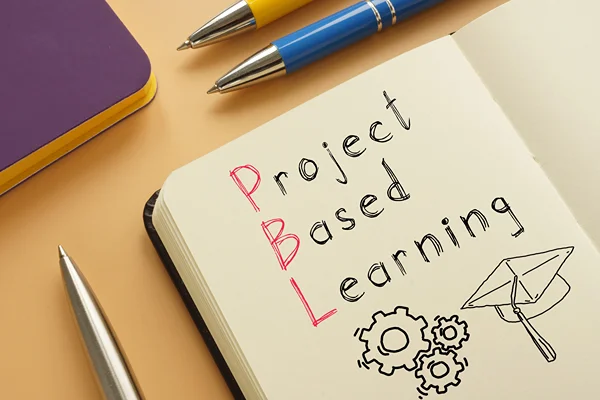How to Protect Your Kids Against Cyberstalking and Online Harassment
Many parents wish they could keep their kids away from every harmful person, thing or event to guarantee their safety. However, in the digital space, there’s limited control over what they may encounter. It doesn’t help that stalkers and bullies are lurking around the web and your child could be a potential victim.
However, there are several ways for people to be careful. Take the initiative to protect your kids from cyberstalking and online harassment when they surf online.
1. Install Protection Software
Most stalkers online will try to launch cyberattacks and access your device. Prevent this from happening by installing antivirus software on your computers. Getting parental protection apps for your kid’s mobile phones and tablets is also ideal.
These digital programs protect your devices from tracking software, which could reveal your and your child’s location. Update them regularly along with the operating system to ensure they’re effective.
2. Create and Set Account Privacy
Anyone can create a social media account. About 81% of U.S. adults favor platforms requiring parental consent for minors who want an account, so stick to those sites.
Remember that all accounts are initially public to almost every user on a social network. Be sure to configure your child’s privacy level. That way, they can only view and interact with people within their space.
3. Educate Your Kids
Talk to your kids about dangers they may encounter online. They’re more likely to abide by your rules when you inform them why they should follow them. Share a few details about how cyberstalking and online harassment can endanger their safety.
You can also give them the following tips:
- Don’t accept requests from strangers: Strangers can still send follow or friend requests to private accounts. Tell your kids to ignore these messages or to notify you about them.
- Don’t post personal information: It’s vital not to share personal details with people you don’t know online. Discourage your children from posting anything that includes their name and address.
- Don’t connect to public networks: When your kid goes to the mall or heads to school, they may connect to the public Wi-Fi. Unfortunately, your child’s data is more vulnerable to attacks when they’re on these networks.
- Don’t add location tags: Location tags help viewers know where a person has been. Cyberstalkers can use them to narrow down your child’s location. Disable these or tell your kid to avoid making posts with these tags.
4. Capture Evidence
Stalkers and harassers may send nasty comments and messages to your kid’s account. If this is the case, avoid interacting. Instead, capture the evidence by recording and taking screenshots. Let your child focus on something else as you do this.
Screenshots can help law enforcement learn more about your experience. Police can also use them to start an investigation and bring the person to justice. File a report and keep a record of cyberstalking incidents for the authorities.
5. Block the Bad
After gathering evidence, delete the messages and block people to remove them from your kid’s account. These users typically appear in a block list on the account settings. You can hide the feature from your kids or discuss it with them.
Parents could explain these incidents to their kids. Enlighten them about why you took those measures. Plus, you can encourage them to do the same and block bad people in the future.
6. Change Account Details
Some stalkers and harassers can go as far as messaging the email address of an account holder, especially after getting blocked. Make it a point to change your address or hide it from your kid’s online profile.
You can also ask your kids to change their screen names and passwords regularly or do it together. Strengthen security when logging using account authentication methods. Keeping anonymity can make it harder for people to find your account and harass them. It can prevent hacking and accessibility, too.
7. Limit Internet Use
Parents should monitor and lessen internet use. Kids should not be using social media at a young age. Aside from being the target of stalking and harassment, being on these sites too early and for too long isn’t good. It can have adverse effects on their mental well-being.
Discuss this with your children and set limits on what they can and can’t access on the internet. A 2022 survey finds that 16% of U.S. parents believe 16 is the appropriate age for kids to use social media. You can also set restrictions for other sites.
Keep Your Kids Safe Online
The internet can be a wonderful place full of knowledge and entertainment. However, it can also be dangerous territory for young minds. Online stalkers and harassers are always present. Take the appropriate actions to keep your kids safe when using social media.
Navigating your kids’ screen time can be a struggle. Luckily, there are small strategies you can implement daily to enforce limited time on their phones.
 Author bio: Cora Gold is the Editor-in-Chief of women’s lifestyle magazine, Revivalist. She strives to live a happy and healthy life with her family by her side.
Author bio: Cora Gold is the Editor-in-Chief of women’s lifestyle magazine, Revivalist. She strives to live a happy and healthy life with her family by her side.
Follow Cora on Facebook and LinkedIn.










